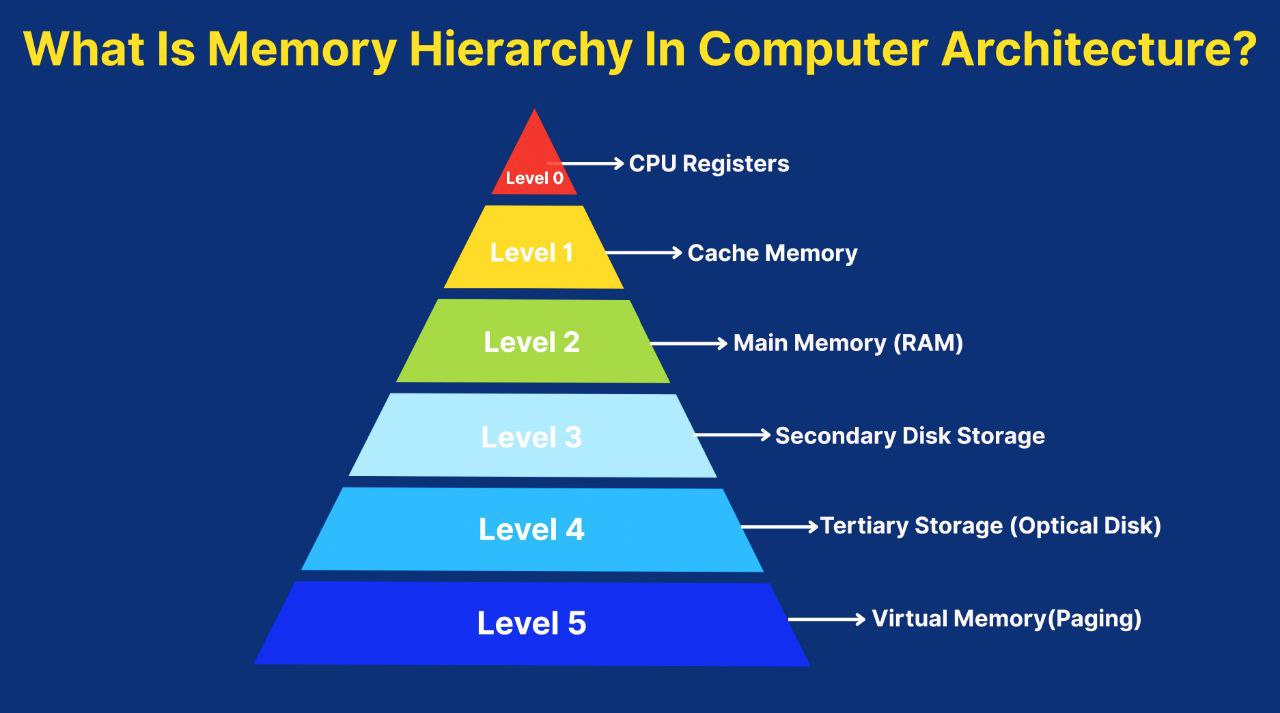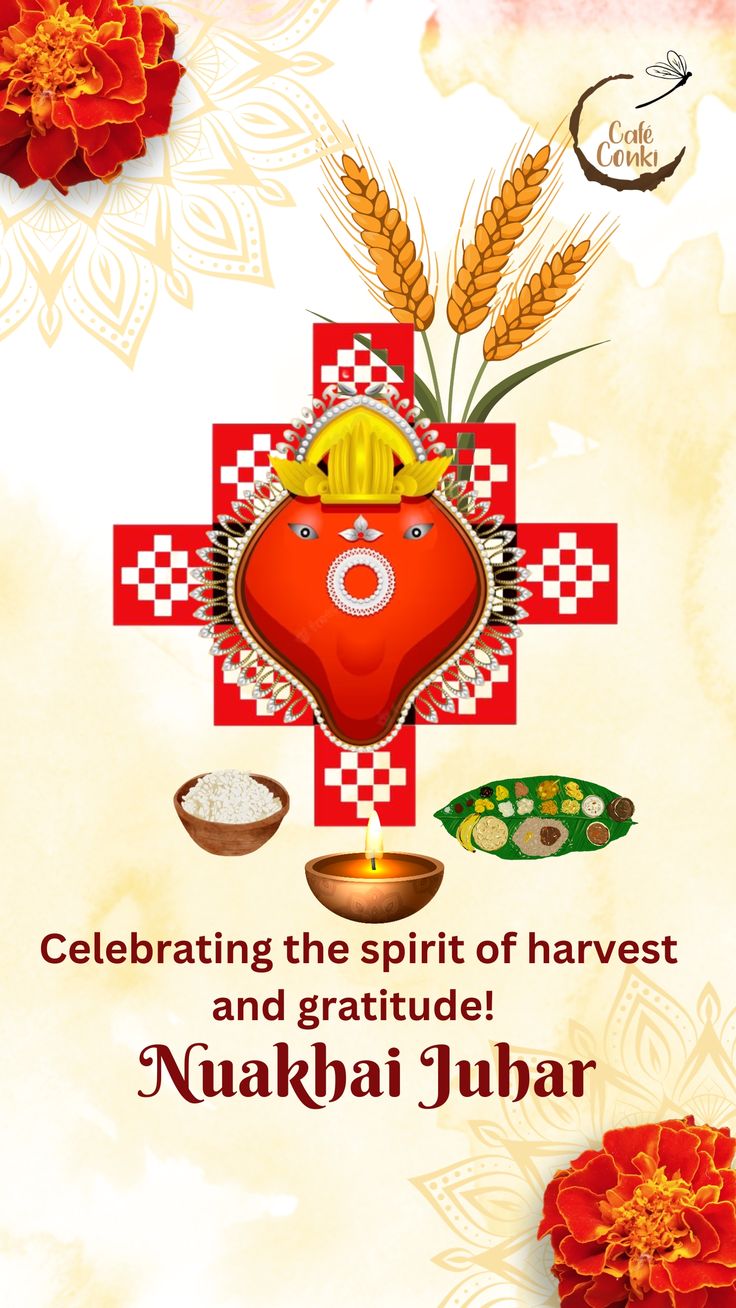Briefly Explain The Dalit Movements in India Pre-Independance Period
The Dalit Movement in India during the pre-independence period played a crucial role in raising awareness about the plight of Dalits and challenging the entrenched caste system. While the movement gained significant momentum after India’s independence, many leaders and social reformers laid the foundation for the struggle for equality, justice, and dignity well before 1947.
Key Dalit Movements in the Pre-Independence Period :
1. Satnami Movement (17th Century)
- Leader: Guru Ghasidas (Chhattisgarh)
- Objective: The Satnami Movement was a revolt against caste-based discrimination and aimed at promoting equality. The Satnamis rejected idol worship, Brahmanical dominance, and practiced monotheism.
- Significance: It was one of the earliest expressions of organized Dalit resistance against caste oppression, though not formally called a “Dalit” movement at the time. The movement rejected the superiority of the upper castes and worked to uplift the lower castes socially and economically.
2. Satyashodhak Samaj (1873)
- Leader: Jyotirao Phule (Maharashtra)
- Objective: Founded in 1873, the Satyashodhak Samaj (Society of Truth Seekers) aimed at the upliftment of the oppressed castes and opposed Brahmanical dominance and caste exploitation. It sought to provide education and social rights to the lower castes, especially the Dalits.
- Significance: Phule was one of the earliest champions of Dalit rights, focusing on education as a means of liberation. He opened schools for Dalits and women, advocated for gender equality, and promoted rationalism against religious orthodoxy.
3. Sri Narayana Guru Movement (Late 19th Century)
- Leader: Sri Narayana Guru (Kerala)
- Objective: Sri Narayana Guru’s movement in Kerala sought to end caste discrimination and promote social reform through non-violent means. He preached the idea of “One Caste, One Religion, One God for Mankind.”
- Significance: His movement led to the establishment of schools and temples that were open to all castes. He fought for the dignity of lower-caste people, including the Ezhavas, and inspired later reformers such as Ayyankali and others in Kerala.
4. Adi Dravida Movement (Late 19th Century)
- Leader: N. Sivaraj and others (Tamil Nadu)
- Objective: The Adi Dravida movement emerged in Tamil Nadu and was aimed at the socio-political upliftment of the Dalit community, who referred to themselves as Adi Dravidas, meaning “original Dravidians.”
- Significance: The movement sought to challenge the caste system by asserting the cultural and historical importance of Dalits in Tamil society. It also pressed for education and equal political rights.
5. Non-Brahmin Movement / Justice Party (1916)
- Leaders: Dr. T.M. Nair, P. Theagaraya Chetty, and E.V. Ramasamy (Periyar)
- Objective: Although this movement was primarily led by non-Brahmin castes, its aim was to dismantle the dominance of Brahmins in public services, education, and politics. The Justice Party, founded in 1916, sought to give a voice to marginalized communities, including Dalits.
- Significance: The Non-Brahmin Movement significantly influenced the political consciousness of Dalits, providing a platform to demand reservations in education and employment for oppressed castes.
6. Bahujan Movement (Early 20th Century)
- Leaders: Shahu Maharaj (Maharashtra)
- Objective: The Bahujan Movement advocated for the rights of the “Bahujan” or the majority, which included Dalits, Other Backward Classes (OBCs), and other marginalized groups. Shahu Maharaj, the ruler of Kolhapur, was a key figure who implemented reservations in education and jobs for Dalits.
- Significance: Shahu Maharaj’s efforts to provide reservations and educational opportunities to Dalits were among the first governmental initiatives to uplift the marginalized. His patronage of B.R. Ambedkar also had a lasting impact on the Dalit Movement.
7. Dalit Movements Led by Dr. B.R. Ambedkar (1920s–1940s)
- Leader: Dr. Bhimrao Ramji Ambedkar
- Objective: Dr. Ambedkar, a towering figure in the Dalit Movement, advocated for political representation, social justice, and equality for Dalits. His mission was to secure civil rights and end the stigma of untouchability.
- Key Movements:
- Mahad Satyagraha (1927): Ambedkar led the Dalits in demanding access to public water tanks, including the famous march to drink from the Mahad Tank, which had been forbidden to Dalits.
- Kalaram Temple Entry Movement (1930): Ambedkar led Dalits in a protest demanding entry to the Kalaram Temple in Nashik, where Dalits were denied access.
- Poona Pact (1932): After the British government’s Communal Award granted separate electorates to Dalits, Ambedkar initially supported it, but after Gandhi’s fast-unto-death, he signed the Poona Pact, agreeing to reserved seats in the legislature for Dalits instead of separate electorates.
- Significance: Ambedkar’s leadership led to the institutionalization of Dalit rights in the political system. He emphasized education, political organization, and self-respect as tools for Dalit empowerment. His ideas laid the foundation for post-independence reforms.
8. Ayyankali Movement (Late 19th Century – Early 20th Century)
- Leader: Ayyankali (Kerala)
- Objective: Ayyankali’s movement sought to uplift the Dalits in Kerala by demanding access to public spaces, schools, and economic rights. He started an agricultural labor strike, known as the Ayyankali Rebellion, to protest the exploitation of Dalit laborers.
- Significance: Ayyankali’s efforts led to reforms in the education system in Kerala, including the opening of schools for Dalit children and social reforms that allowed Dalits to use public roads and facilities.
Features of the Pre-Independence Dalit Movements :-
- Challenge to Brahmanical Supremacy: All the pre-independence movements aimed to dismantle the hegemony of the upper castes, especially the Brahmins, in social, economic, and religious spheres.
- Demand for Social Rights: Access to public spaces, education, and economic opportunities were common themes across these movements. The fight for temple entry, water rights, and employment was particularly significant.
- Educational Upliftment: Many Dalit leaders, such as Jyotirao Phule and Ambedkar, emphasized education as the primary means of liberation for the Dalits. Educational reforms were pursued as a way to break the cycle of oppression.
- Use of Non-Violent Protest: Several movements, like the Mahad Satyagraha and the temple entry movements, used non-violent civil disobedience to demand rights for Dalits.
- Religious Reforms: Many Dalit movements were also religious reform movements. Leaders like Narayana Guru and Ambedkar advocated for a rejection of traditional religious practices that justified caste oppression and sought alternatives like Buddhism or monotheism.
The Pre-Independence Dalit Movement laid the groundwork for the broader struggle for social justice, political representation, and legal safeguards that followed after independence.
The Dalit movements in India also known as “People’s Movement that seeks justice by challenging the Socio-Cultural Dominance of the Upper Castes“, The movement’s motto is “Education, Association, and Agitation”. Dalits, historically known as “untouchables”, Marginalized and Oppressed communities in India who have faced severe Discrimination and Social Exclusion based on their Caste.
Share this content:



Leave a Reply